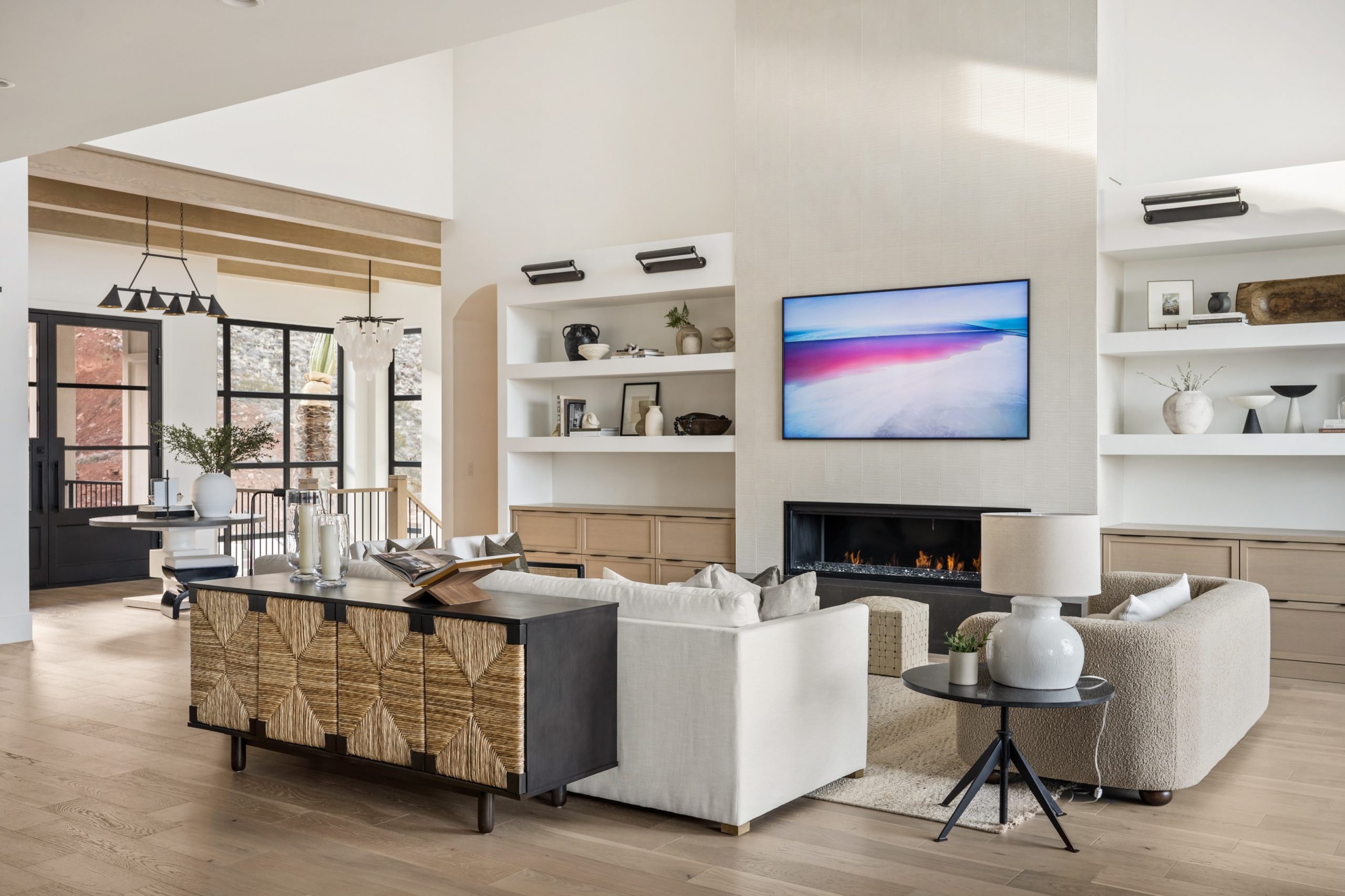
How to Balance Aesthetics and Functionality in Design
How to Balance Aesthetics and Functionality in Design
Design is more than just creating something beautiful; it’s about merging visual appeal with practical usability. Whether you’re designing a home, product, or digital experience, finding the balance between aesthetics and functionality is key to creating something that delights users while serving its intended purpose. In this blog, we’ll explore actionable strategies to achieve harmony between these two essential design aspects.
Why Is Balancing Aesthetics and Functionality Important?
A design that prioritizes aesthetics over functionality may look great but can fail to meet practical needs. On the other hand, a purely functional design might lack the visual appeal that attracts users or enhances their experience. Striking a balance ensures:
•User satisfaction: Combining usability with an attractive design creates a lasting impression.
•Increased engagement: Beautiful and intuitive designs keep users coming back.
•Long-term relevance: Well-balanced designs are timeless and adaptable.
Key Principles for Balancing Aesthetics and Functionality
1. Understand Your Purpose and Audience
Before diving into the design process, clarify the primary goal of your design and understand your target audience’s preferences and needs.
•Ask yourself: What problem does this design solve? Who is it for?
•Example: A minimalist design might suit a tech-savvy audience, while a more vibrant and detailed approach might appeal to younger users.
2. Adopt a User-Centered Approach
Design with the user in mind. Ensure every visual element enhances the user experience rather than complicates it.
•Prioritize usability: Easy navigation, clear layouts, and intuitive controls should come first.
•Maintain visual hierarchy: Use colors, typography, and spacing to guide users through the design naturally.
3. Focus on Simplicity
Simplicity is at the heart of balancing aesthetics and functionality. Overcomplicated designs can confuse users and detract from their experience.
•Limit distractions: Use clean lines, a cohesive color palette, and uncluttered layouts.
•Simplify interactions: Reduce steps or actions required to achieve a task.
4. Incorporate Visual Appeal Without Compromising Usability
Aesthetic elements like colors, typography, and imagery can enhance a design, but they should never overshadow its functionality.
•Consistency is key: Maintain a consistent design language throughout your project.
•Use visuals strategically: Ensure images, icons, and animations serve a purpose, such as guiding users or conveying information.
5. Test, Iterate, and Refine
Balancing aesthetics and functionality often requires multiple iterations.
•Gather feedback: Test your design with real users to identify pain points or areas for improvement.
•Iterate thoughtfully: Make adjustments based on data and user input while maintaining your design’s core aesthetic.
Examples of Aesthetics and Functionality in Harmony
1. Apple Products
Apple’s designs are renowned for their sleek aesthetics and seamless functionality. Their intuitive interfaces and minimalist hardware prove that beauty and practicality can coexist.
2. Scandinavian Interior Design
Scandinavian interiors combine minimalism with cozy functionality. Every piece of furniture is both visually appealing and practical, with clean lines and natural materials.
3. Websites like Airbnb
Airbnb’s website uses a simple, user-friendly layout with eye-catching visuals. The intuitive interface makes navigation easy, while the imagery enhances the user experience.
Tips for Designers
•Start with wireframes: Begin with a functional layout before layering on aesthetics.
•Embrace whitespace: Negative space enhances usability and draws attention to key elements.
•Choose versatile fonts and colors: Select elements that are both visually pleasing and legible.
Why Grey to Green Prioritizes This Balance
At Grey to Green, we believe that great design marries form and function. Our projects seamlessly integrate aesthetics and usability to create spaces and experiences that are both beautiful and practical. Whether it’s architecture, interior design, or digital solutions, we focus on delivering designs that leave a lasting impact.
Balancing aesthetics and functionality is an art that requires thoughtful planning, user-centered design, and continuous refinement. When done right, it creates designs that are not only visually stunning but also meaningful and effective. Ready to create a design that stands the test of time? Contact Grey to Green today!
Tags: Design Balance, Aesthetic vs Functionality, User-Centered Design, Beautiful and Functional Spaces, Grey to Green Design




